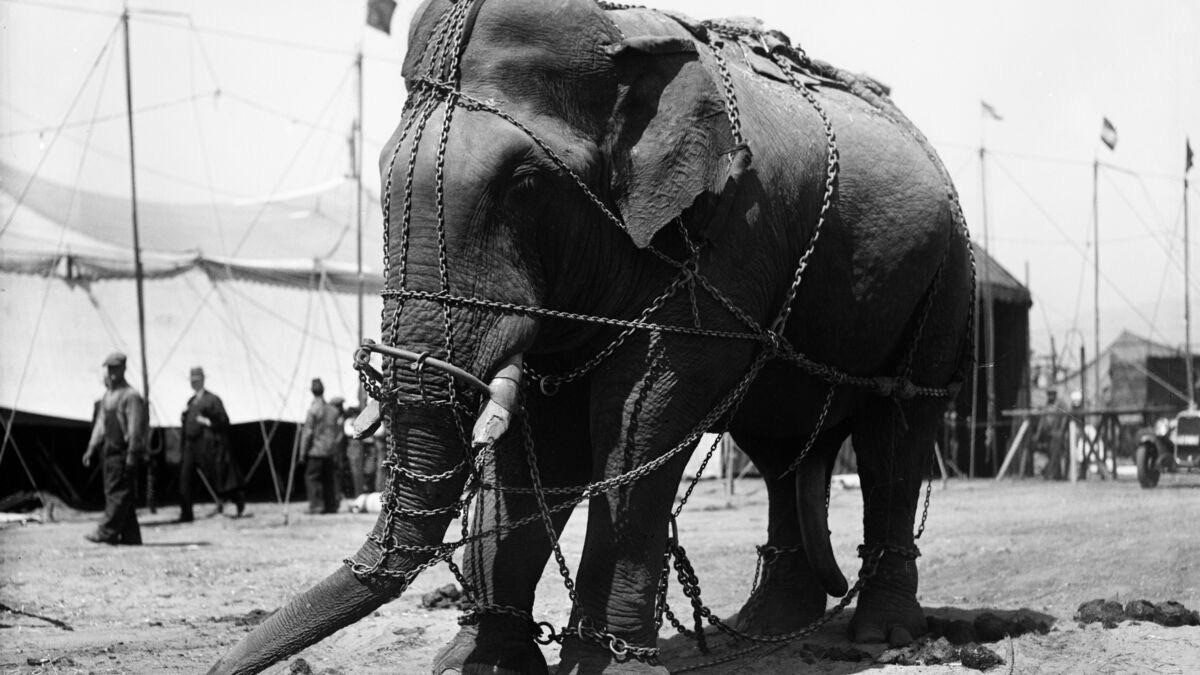In the past, elephants were used for
execut!ons in several places, including Burma,
the Malay Peninsula, Brunei, and the kingdom
of Champa. In Siam, now known as Thailand,
elephants were trained to lift condemned
people into the air and then tr@mple them to
death.
Under the command of a mahout, elephants
carried out gru*some execut!ons in various
parts of the world. Sometimes, they would
slowly crush the limbs of the condemned one
by one, inflicting a to*turous death. Elephants
might also toss their victims about, drag them,
or st@b them with their tusks before ultimately
crushing their skulls to end their suffering.
In Sri Lanka, historical accounts describe a
chilling method of execut!on where elephants
were equipped with sharp blades attached to
their tusks. These razor-sharp blades were
designed to tear the criminal apart, inflicting
unimaginable suffering and adding a
gru*some element to the execution process.
Meanwhile, there was a particularly br*tal method where criminals were tied to stakes, and an elephant would charge at them, crushing them to death upon impact. These horrifying practices demonstrate the extent to which elephants were once used as instruments of punishment and terror in different cultures.
In ancient India, both Hindu and Muslim rulers employed a br*tal execution method known as “under the feet of elephants” for various offenses. According to the Hindu scripture Manu Smriti, written between 200 BCE and 200 CE, this method was prescribed for crimes such as theft. For instance, if someone stole property, the king had the authority to order the execut!on of thieves by trampling them with elephants.
This practice was not limited to theft alone. Tax evaders, rebels, and even enemy soldiers were subjected to this gru*some form of punishment. It was considered a public spectacle, often used to instill fear and deter others from committing similar crimes. For example, historical records indicate that in 1305, the Sultan of Delhi orchestrated a public execut!on where Mongol prisoners were crushed to death by elephants, turning their deaths into a form of entertainment for the masses.
